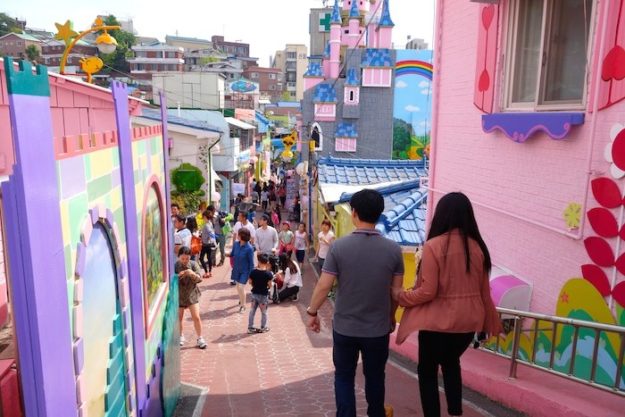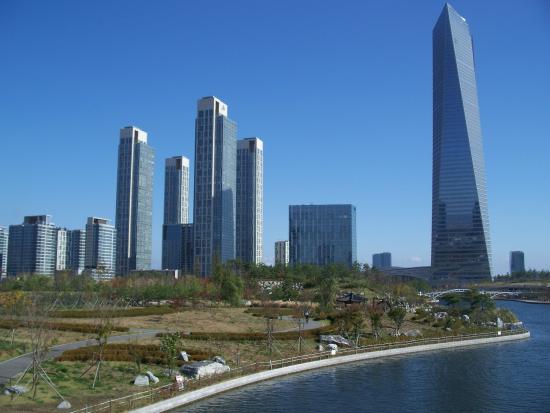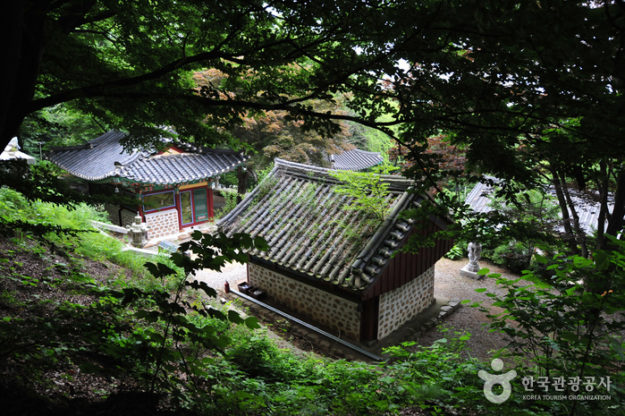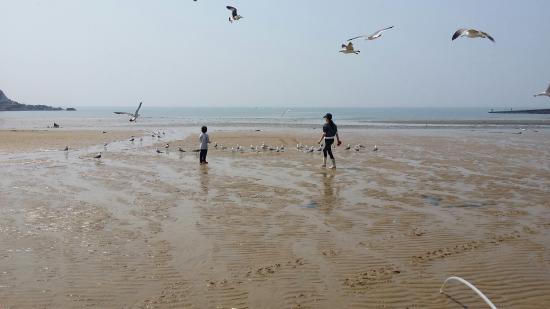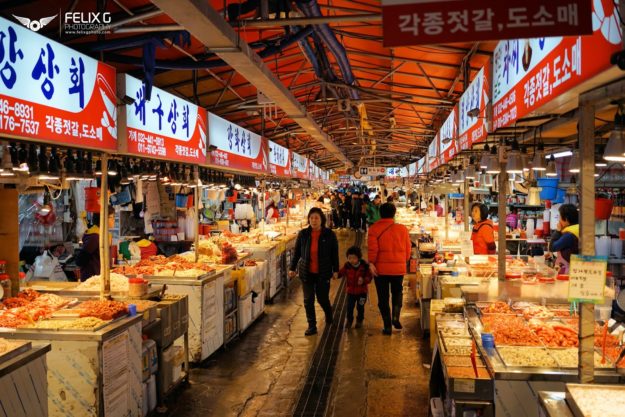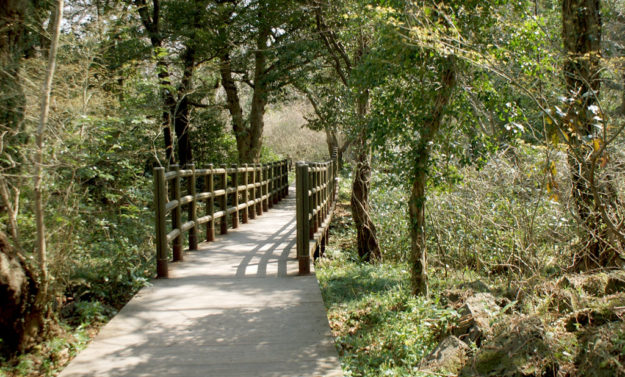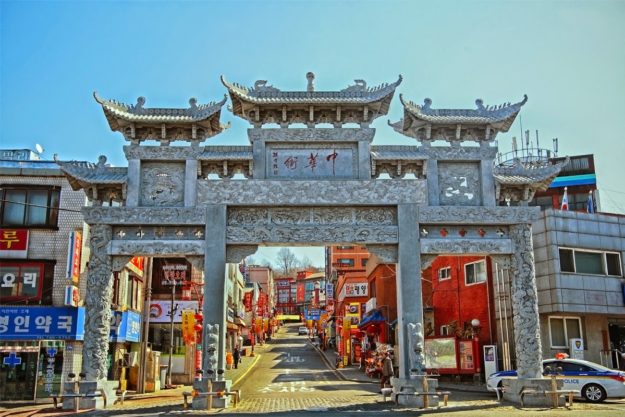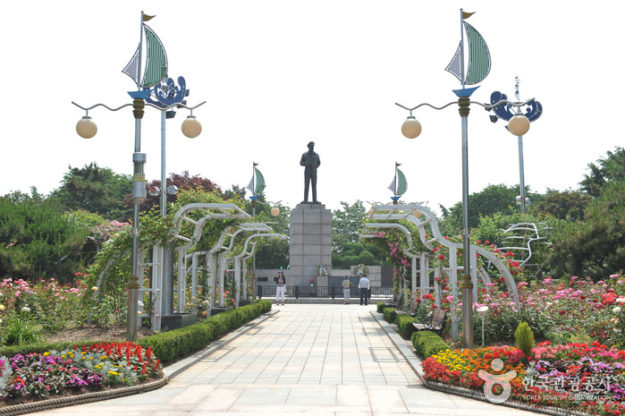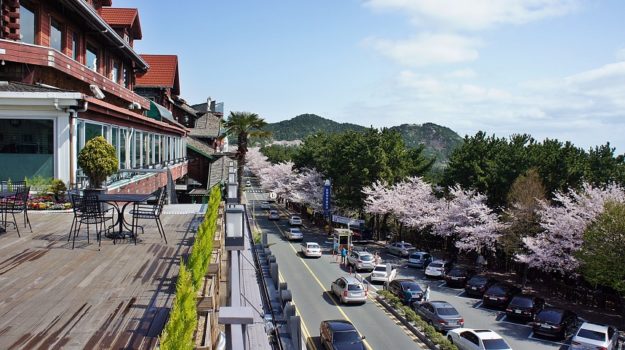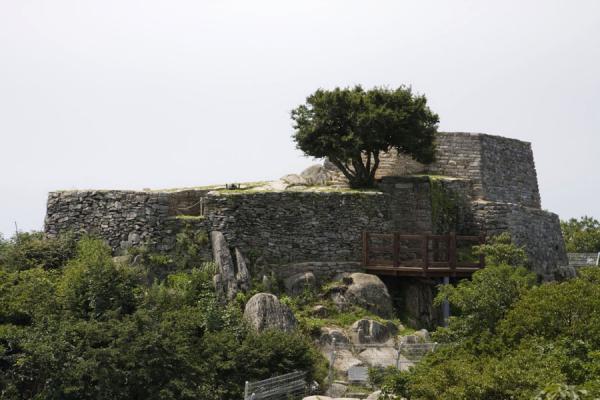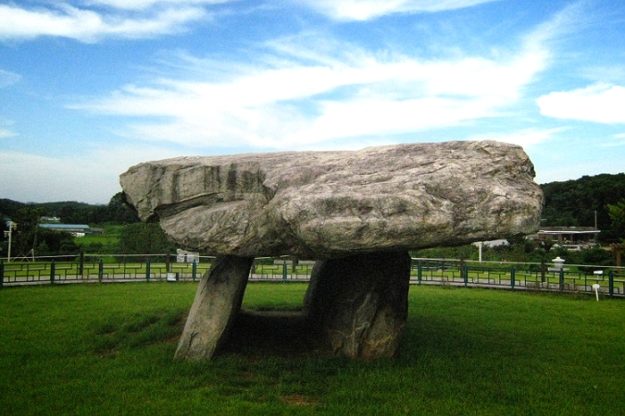Odaesan (Mt. Odae) National Park
Odaesan National Park was designated as a national park in 1975. Its name was derived from the the following 5 plateaus: Manwoldae, Jangryeondae, Girindae, Sangsamdae and Jigongdae. Featuring the 1,563m high Birobong Peak, Odaesan spreads southwest with Mt. Sodaesan, Horyeongbong Peak and Mt. Sogyebangsan. The east side is connected with Sangwangbong Peak and Durobong Peak,…


